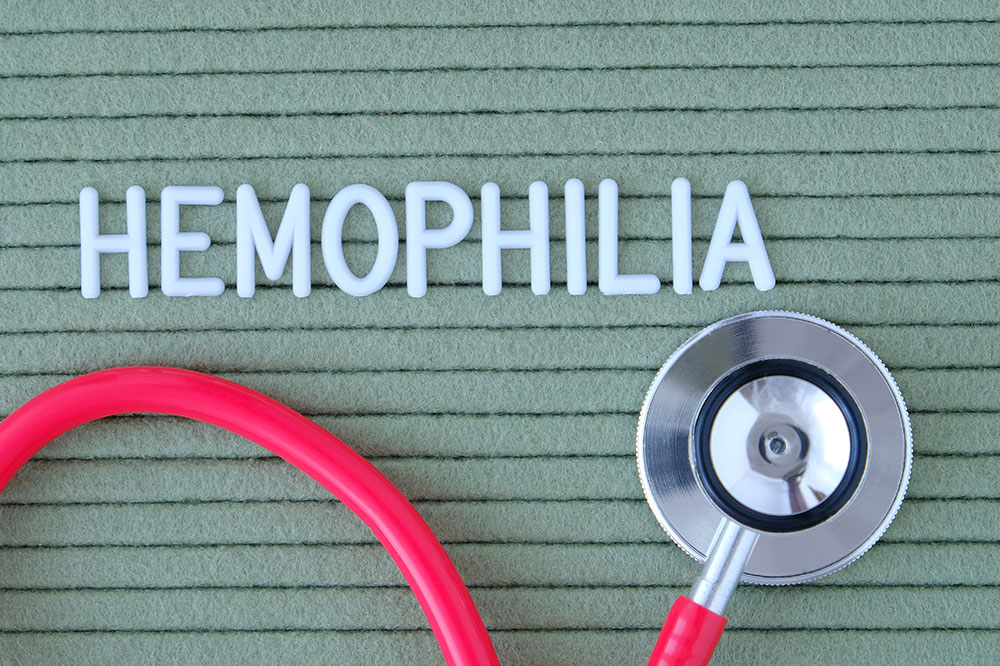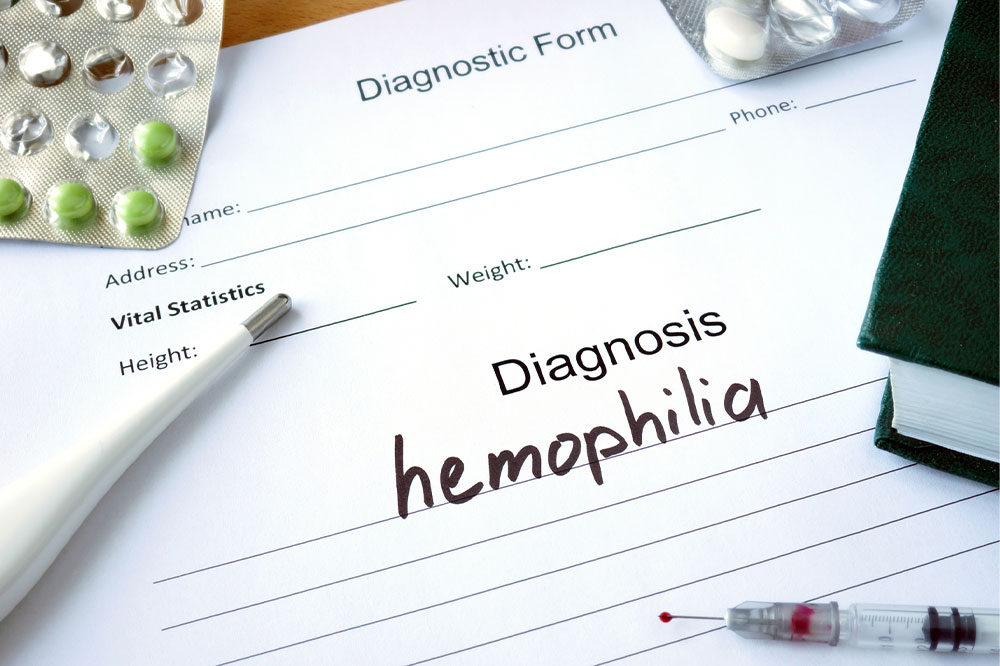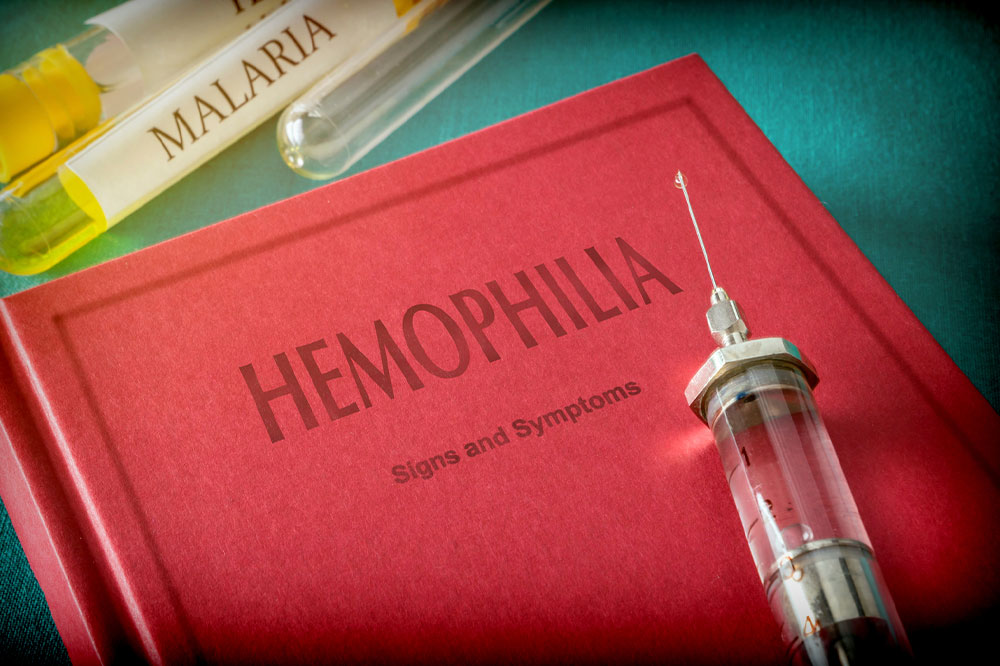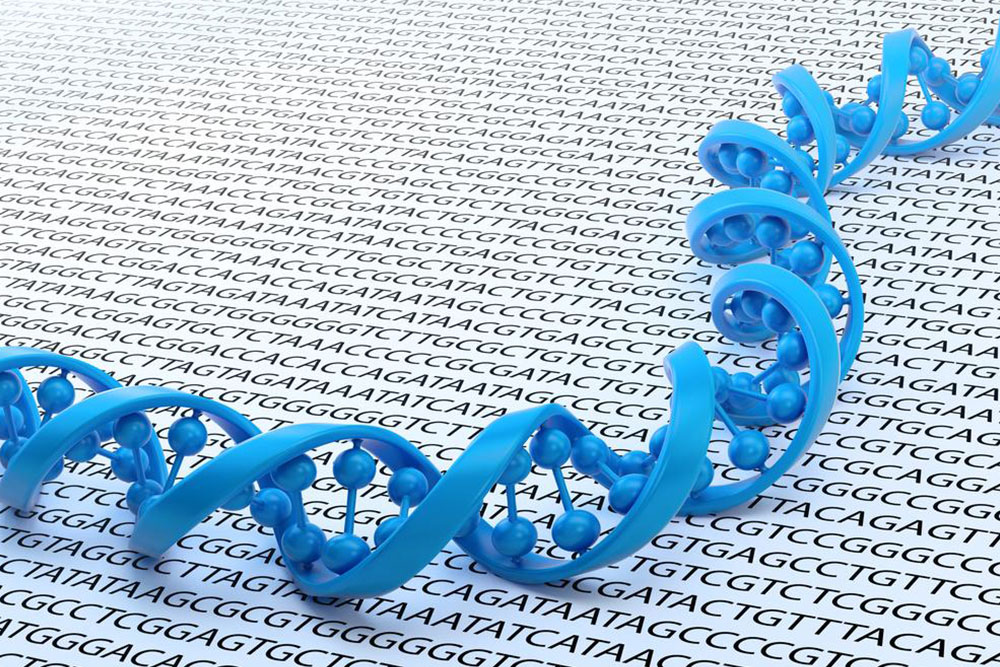Essential Insights into Hemophilia: Symptoms, Diagnosis, and Management
Hemophilia is a genetic bleeding disorder affecting blood clotting, especially in males. Key symptoms include spontaneous bleeding and joint damage, requiring prompt diagnosis and regular treatment. Management involves infusions of clotting factors, with early detection crucial for preventing serious health issues. Understanding the disorder helps in effective planning for ongoing care and improving quality of life for patients.
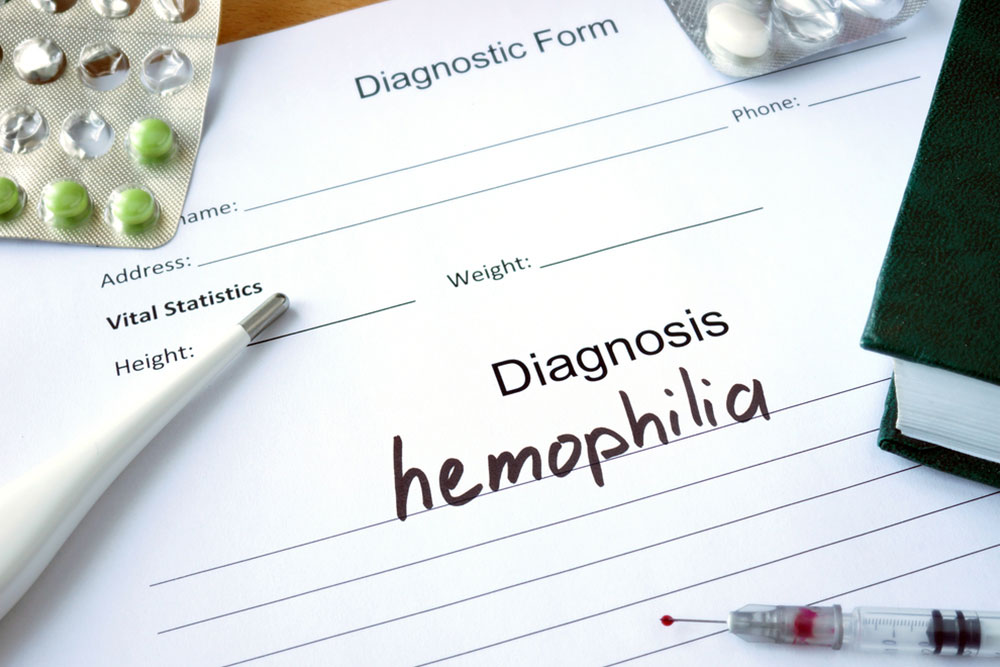
Hemophilia is a hereditary disorder where the blood doesn't clot properly, leading to excessive bleeding. Common signs include spontaneous bleeding episodes, especially in joints and muscles, which can cause lasting damage if untreated. The condition is primarily inherited as a recessive X-linked trait, affecting males more frequently. Hemophilia Types A and B result from deficiencies in clotting factors VIII and IX, respectively. Treatment mainly involves regular infusions of clotting factors or medications like DDAVP to prevent bleeding episodes. Early diagnosis through blood tests and ongoing management are vital for reducing complications.

